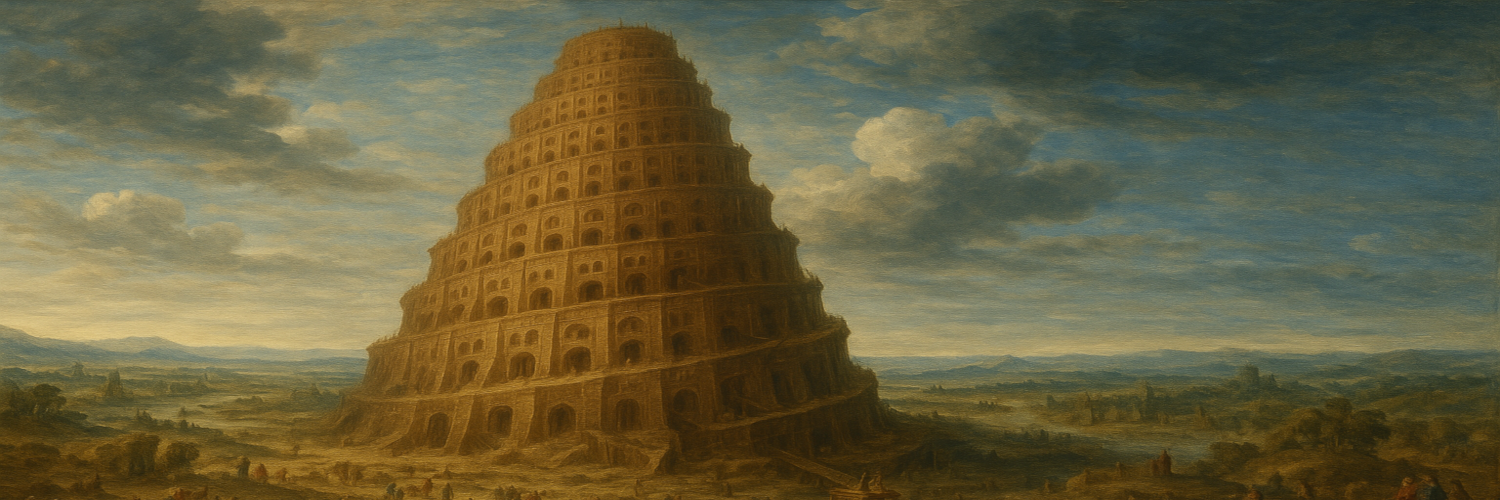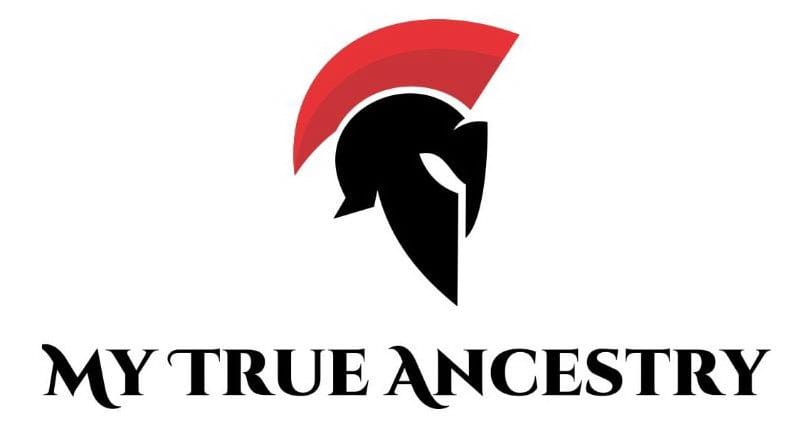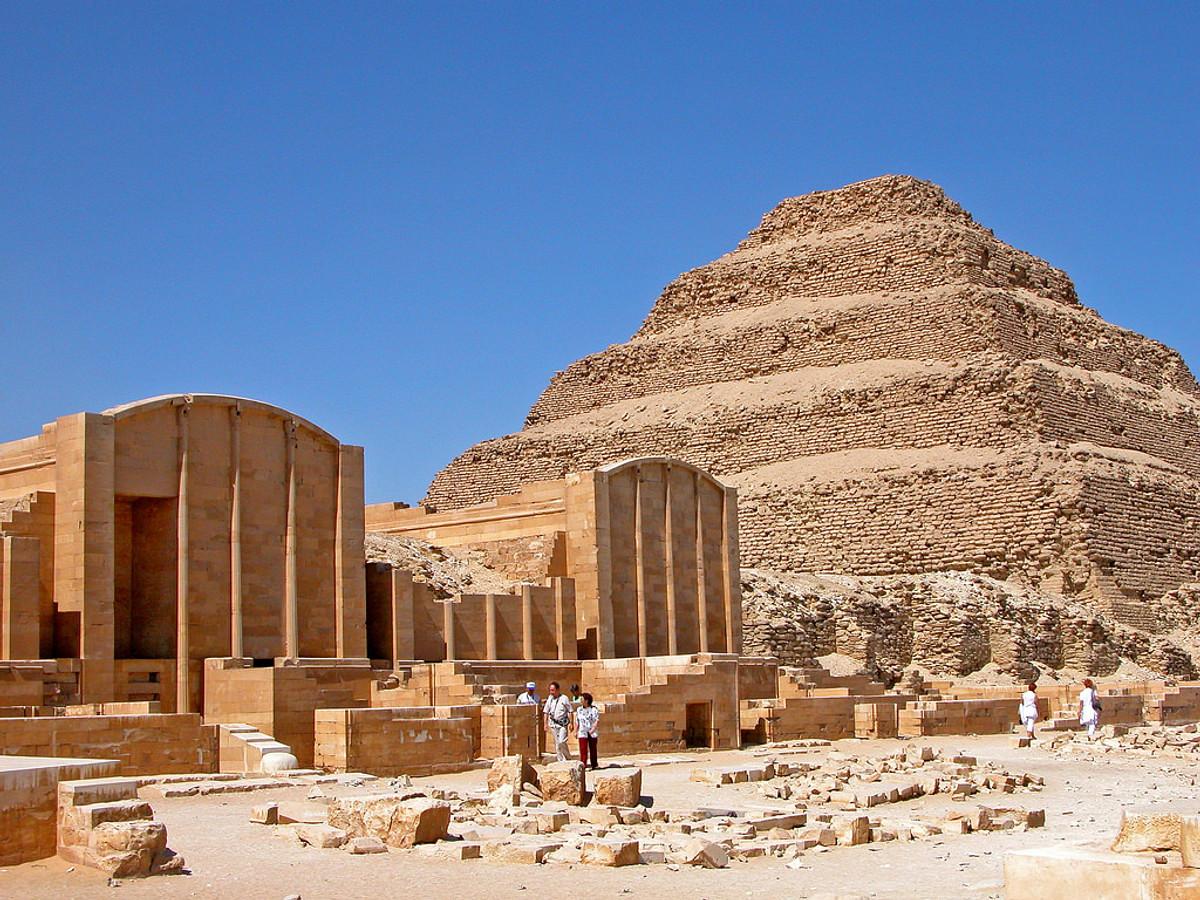Unearthing Ancient Egypt: The Old Kingdom Necropolis of Nuwayrat




In the charmingly convoluted labyrinth of ancient Egyptian history, the exploration of Nuwayrat in the 16th Upper Egyptian Nome unveils a tapestry woven with the lives, death practices, and societal structures of the early Old Kingdom. The necropolis, nestled north of Bani Hasan along the Nile, reveals through its rock tombs and circular graves, a poignant narrative of social stratification and cultural evolution spanning the transitional cusp from Egypt's Third to the First half of the Fourth Dynasty. With archaeological peeks into pottery styles, burial customs, and ancient rock tomb architecture, scholars delve beneath the desert's surface to unravel the enhanced social differentiation and bustling connectivity of this remarkably dynamic epoch.
The excavations at Nuwayrat, a site in the 16th Upper Egyptian Nome, provide a fascinating insight into the Early Old Kingdom period in Egypt. This little-known necropolis is packed with secrets that researchers are slowly uncovering using a variety of archaeological methods and techniques. The site features two distinct types of tombs: rock tombs carved directly into the hillside and poignant burials beneath circular stone constructions.
The rock tombs are organized in a methodical manner along the limestone strata, suggesting a careful architectural planning by the ancient builders. Excavations have revealed both small chapels and complex larger tombs with multiple chambers, false doors, and even traces of decorative paintings. These tombs, fascinatingly constructed in two parallel rows along limestone strata, offer a glimpse into the mortuary architecture of the time. Some of these rock-cut structures featured simple chapels with shafts, sometimes adorned with false doors and the remains of vibrant wall paintings, detailing the life and status of those interred within.
The southern tombs, believed to be among the oldest based on their simplistic pot burials, demonstrate early funerary practices. However, a multitude of artifacts, including pottery fragments dated to the 3rd Dynasty, suggest they may have served as burial sites well into the Old Kingdom. From modest, single-room chapels at the necropolis's northern end to grander chambers replete with false doors and faint painted remnants in the south, the rock tombs narrate a tale of evolving architectural complexity.
At the hill's base lie the circular stone burials, some organized around central graves akin to community layouts. Within these circles, the remains were found in pottery coffins or under large inverted pottery vessels. This simple but poignant arrangement highlights a folk burial tradition, deeply rooted and possibly reserved for those of lower social standing. Descending from the rocky heights, the slope is littered with rock circle tombs—circles made from local boulders encasing burials marked by oblong pottery coffins.
These rock circles often contained what are known as pot burials, where the deceased lay beneath large inverted pottery vessels. This method, although rudimentary compared to elaborate rock tombs, was a significant cultural practice that persisted through Egypt's architectural evolution. The sight of fragmented pottery coffins and scattered human remains tells a story of a time when such burials were common, extending into the late Old Kingdom.
One of the more thrilling aspects of the dig is the analysis of grave goods, particularly ceramics. Pottery coffins and larger vats, likely used for brewing, were prominent finds. They provide clues not just about the burial customs of the time, but also about the daily lives and societal structure within the region. Researchers have identified different pottery types, like "bowl with inner ledge rim and flat base," "beer jars," and "Maidum bowls," each with specific stylistic and chronological attributes.
At the heart of this research lies the pottery—the ceramic whispers of the past. Amongst the artifacts discovered are bowls with inner ledge rims and beer jars crowned with intriguing protrusions known as "Kragenhals," or collar necks. These pieces, made with care, exhibit a self-effacing self-slip technique that's bestowed a smooth tactile finish on each piece. The examination of these pots reveals glimpses into a bygone world. Each piece, whether a beer jar or a storage vessel, tells of life's daily rhythm, but more importantly, affirms the dates proposed for this necropolis.
Pottery sherds scattered around the site provide a valuable timeline of usage and influence. Bowls with inner ledge rims, typically from the Early Dynasties, contrast with storage jars exhibiting a pronounced architecture—hallmarks of Egyptian craftsmanship. Meanwhile, beer jars with distinctive collars encapsulate ancient merriments that once thrived here. The archaeologists documented numerous pottery fragments—beer jars with distinct "Kragenhals" rims and Maidum bowls—which were favorite wares across Upper and Lower Egypt during the early Old Kingdom.
The burials at Nuwayrat offer a glimpse into the lives of specific individuals. Most notably, the variety of pottery styles and burial structures indicate a clear social differentiation. Some individuals were honored with elaborate rock-cut tombs, while others were laid to rest in more modest rock circle tombs—highlighting a diverse community with both elite and common folk. Through meticulous excavation and insightful analysis, the story of social hierarchy emerges. The grandeur of rock tombs contrasts starkly with the modesty of stone circle graves, hinting at a structured society where, even in death, societal distinctions were etched into the land.
The excavators hypothesize that the duality of Nuwayrat's burial customs indicates a society stratified by class, where a subtle distinction is drawn between those with access to sophisticated, residence-inspired funerary customs and others adhering to a simpler, yet equally significant, local tradition. The juxtaposition of rock-cut tombs for the elite and circular stone graves for the common populace paints a vivid picture of life, death, and afterlife in Egypt's earliest dynasties.
False doors and elegant decorations within specific tombs suggest influences trickling down from Egypt's regal heart. The duality in the types of tombs suggests societal hierarchies, possibly indicating a community led by an elite group with strong connections to the national residence. The presence of false doors and occasional decorations in rock tombs adds a hint of sophistication, possibly pointing to individuals of higher status within the social fabric, while the circle tombs highlight a simpler, more traditional folk culture.
The site at Nuwayrat might have enjoyed direct interactions with the royal court, as hinted by the presence of sophisticated false doors and ceremonial decor. This influence underscores a duality of existence, with elites replicating the customs of the pharaohs, while the general populace retained timeworn traditional practices. This dynamic probably arose from the nearby presence of royal domains, like the one at Zawiyat al-Mayyitin.
These domains, often associated with calcite alabaster production, embedded themselves deeply within the social hierarchy. They brought both artistically and socially significant changes to the region, as shown by the nuanced archaeological remains. The continuous study of this site is set to intensify, promising to unravel more mysteries of Middle Egypt's enthralling past. The evolving picture of royal domains like those surrounding Nuwayrat enriches our understanding of ancient Egypt's regional interactions, societal structure, and the lasting legacy of its ancient inhabitants.
NUE001 is an Early Old Kingdom male from the elite cemetery at Nuwayrat, dating to around 2680–2600 BCE (late 3rd to early 4th Dynasty). His genetic profile resembles that of Nekht-Ankh, one of the well-known Middle Kingdom mummies from Deir Rifeh, suggesting a degree of continuity in Nile Valley ancestry across centuries.
NUE001 belongs to Y-DNA haplogroup E-Z830 > E-FT388828 (E-V1515) and mtDNA haplogroup I9, both of which point to deep indigenous Northeast African roots. In terms of autosomal DNA, his admixture profile shows the closest similarity to that of modern Egyptians among contemporary populations—more so than to Levantine or Sub-Saharan groups—highlighting a strong ancestral connection to the local population of the Nile Valley. His genome reflects a predominantly North African genetic signature with modest Near Eastern influence, consistent with the overall demographic makeup of ancient Upper Egypt.

Comments